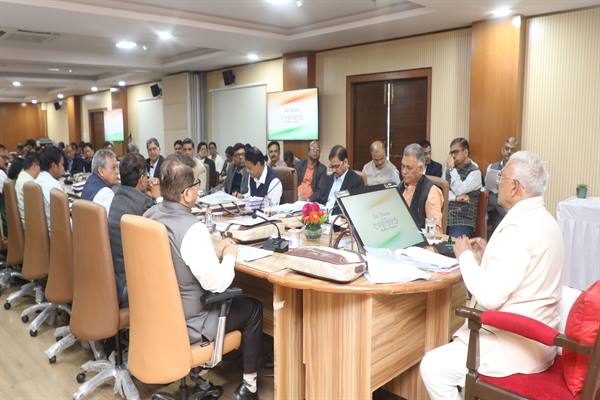Indian universities strive for global recognition, it’s crucial to consider the true impact of these rankings on the overall quality of education .
.
Sunil Goyal, Gwalior: In the ever-evolving landscape of higher education, Indian universities are increasingly setting their sights on global recognition. University league tables, which have been around for decades, have become a major battleground for institutions seeking to attract top students and faculty.
The concept of ranking universities on a global scale gained momentum in 2003 with the establishment of the Academic Ranking of World Universities (Shanghai Rankings). This was followed by a wave of other influential rankings, including the Times Higher Education World University Rankings and the QS World University Rankings. More recently, U.S. News & World Report joined the fray with its Best Global Universities Ranking.
While the validity of these rankings is often debated, they undeniably hold weight in the eyes of students, parents, and academics worldwide. A high ranking can translate into increased applications, research collaborations, and ultimately, a more prestigious reputation.
Commercial Underpinnings of Rankings
It’s important to note that most university rankings are not purely academic endeavors. With the exception of a few government-backed initiatives, these rankings are often commercially driven. Early rankings were published as magazine supplements, boosting sales for those editions. Today, online rankings drive internet traffic and raise the profile of the ranking organization, potentially promoting their other products and services.
Despite questions about the objectivity of these rankings, their commercial aspect hasn’t necessarily hindered their perceived value. However, as Indian universities strive for global recognition, it’s crucial to consider the true impact of these rankings on the overall quality of education.






